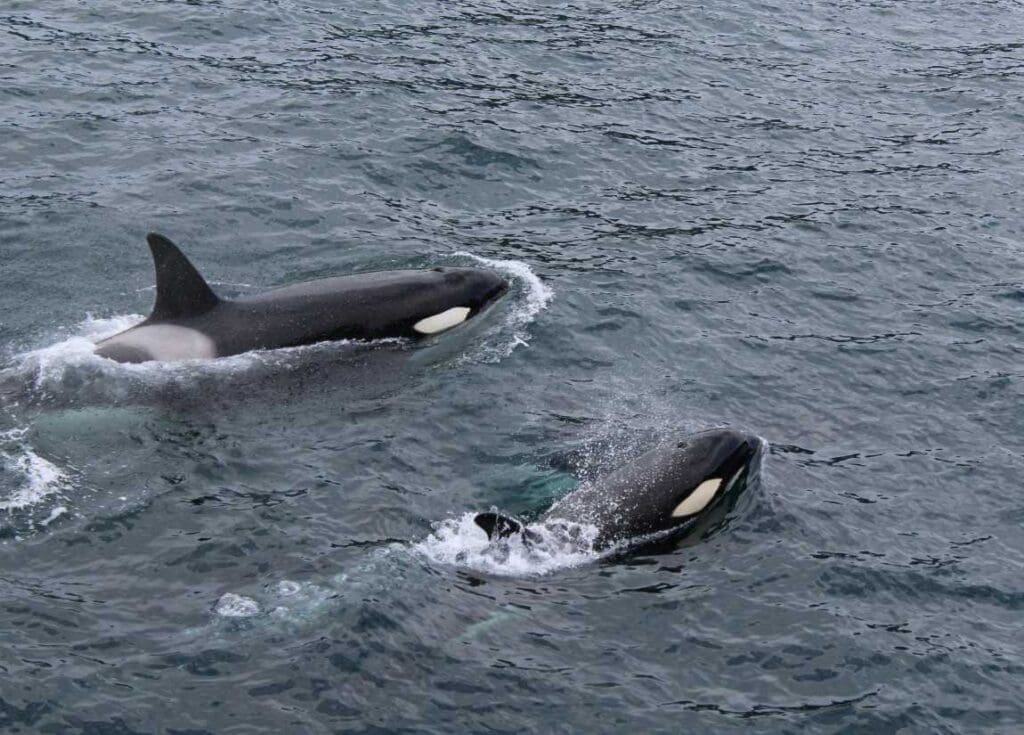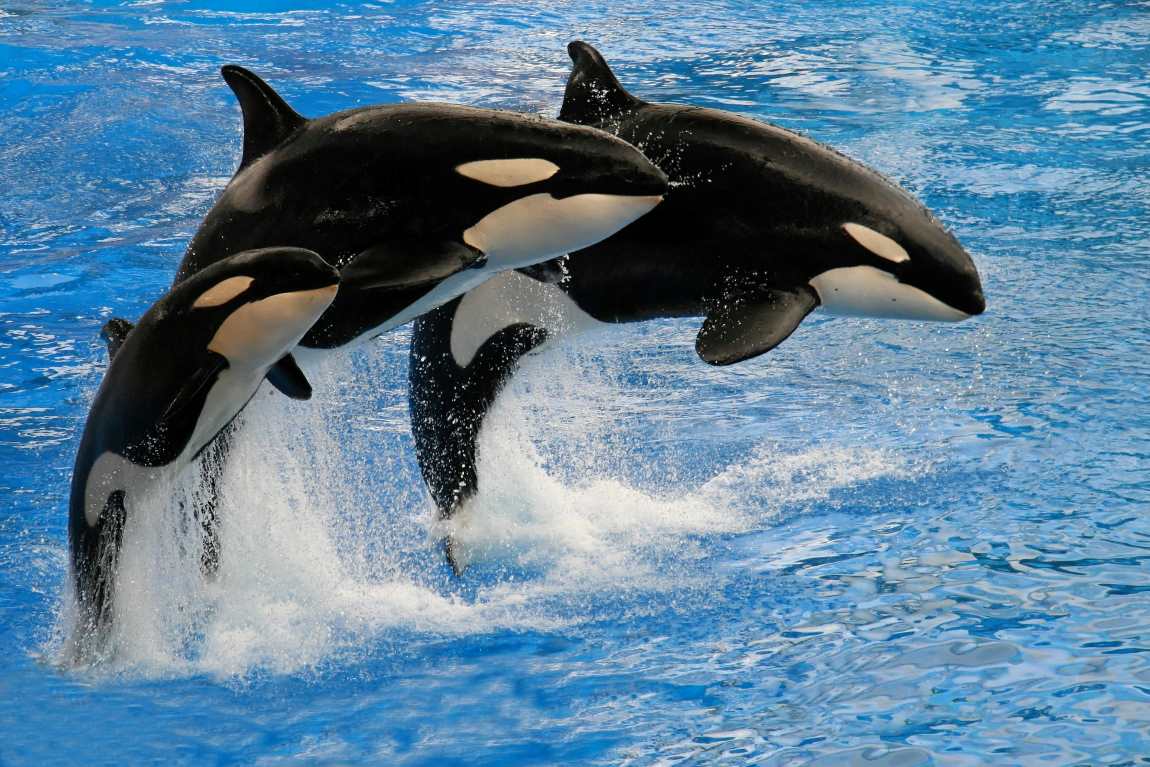Southern Resident Killer Whales (SRKW), a critically endangered population with only about 75 members, have long been linked to the abundance of king salmon, or chinook, their primary food source. Research has frequently pointed to insufficient chinook availability as a key factor behind the whales‘ decline. However, a recent study challenges this assumption, raising new questions about the factors driving the Southern Residents’ struggles.
Led by Dr. Andrew Trites, director of the Marine Mammal Research Unit at the University of British Columbia, the study is the first to quantify chinook availability in the Southern Resident habitat. “And what we found was the opposite of what we expected, what was predicted,” Trites said. “The prevalence of chinook was double in the Southern Resident Killer Whale habitat.”
His findings, published in PLoS ONE, contradict the prevailing belief that these whales face a critical prey shortage.
The research, funded by Fisheries and Oceans Canada (DFO), monitored chinook abundance in the Salish Sea between 2018 and 2020. Trites expected to confirm that prey limitation was a significant issue for Southern Residents, yet his data revealed an abundance of chinook in their summer feeding areas. This unexpected result has prompted him to question the validity of earlier research (MacDuffee M. et al. 2024) correlating low chinook abundance with low birth rates and poor whale health.
“I think it undermines the premises for a lot of that research,” Trites said, “and I think it undermines how quickly some people have jumped to conclusions. They’ve connected dots that should not be connected, and they’ve had huge leaps of faith in doing that.”
However, not all researchers are convinced this study tells the full story.

Misty MacDuffee, Director of Salmon at the Raincoast Conservation Foundation, emphasized the limitations of Trites’s study. While she acknowledges its importance, she cautioned against overgeneralizing the findings. “I think the concerns start with extrapolating that [Trites’s paper] means that Southern Resident killer whales aren’t prey-limited,” MacDuffee said.
MacDuffee pointed out that without baseline studies of chinook abundance in the Salish Sea, it is difficult to determine whether the Southern Residents’ prey supply is truly comparable to that of the Northern Resident killer whales, a population that is growing. “The level of abundance that Northern Residents have access to in that time period in the Salish might be adequate for Southern Residents – but that the study wasn’t set up to answer that question,” she said.
The debate over prey availability has far-reaching implications. In 2020, MacDuffee’s research supported a lawsuit by the Wild Fish Conservancy, which argued that certain commercial chinook fisheries were harming the endangered Southern Residents.
The lawsuit targeted the Southeast Alaska chinook troll fishery, a century-old industry, asserting it depleted salmon stocks vital to the whales. Trites’s findings have offered ammunition to opponents of this lawsuit, including Matt Donohoe, former president of the Alaska Trollers Association.
“The fish that don’t come up here, that are vital to killer whales,” Donohoe said, “the troll fishery was responsible for those killer whales’ decline? I mean it [the premise of the suit] was absurd on the face, even if the nutrition issues were correct.”
While Trites’s work provides a new perspective, it does not fully resolve the mystery of the Southern Residents’ decline. The study suggests that conservation efforts may need to extend beyond the Salish Sea, potentially focusing on the whales’ winter habitats along the Oregon and California coasts.
“Part of our message from this paper is that we want people to, yes, protect your backyard, but you need to also consider protecting the other areas that the whales use when you don’t see them,” Trites said. “And almost no research attention or management attention is being given to what they need when they’re not in the Salish Sea.”
Trites likened the issue to noticing fewer birds at a backyard feeder one summer. “Do you assume that there’s something wrong with your backyard?” he asked, suggesting that factors outside the Southern Residents’ core habitat could be pivotal to their survival. This study underscores the complexity of their plight and the need for comprehensive, multi-regional conservation strategies.
Journal Reference:
Saygili B, Trites AW, ‘Prevalence of Chinook salmon is higher for southern than for northern resident killer whales in summer hot-spot feeding areas’, PLoS ONE 19 (10): e0311388 (2024). DOI: 10.1371/journal.pone.0311388
Article Source:
Press Release/Material by KCAW
Featured image credit: Holger Wulschlaeger | Pexels




